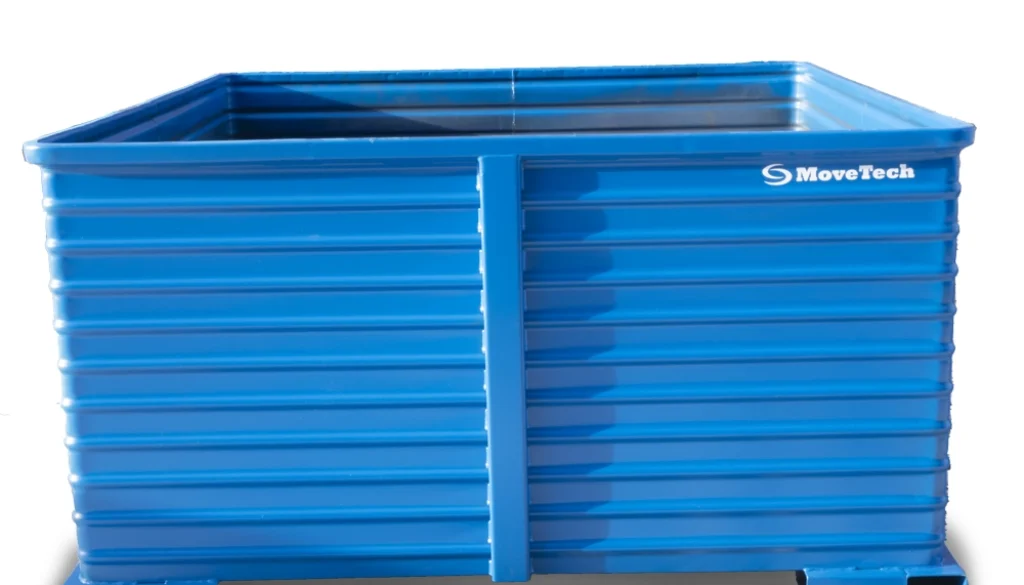Berglöfslådan® 60T
A box with a solid background
To tell the story of the robust box, we must go back over 100 years in time. The history of the Berglöf Box is intertwined with the story of the man it is named after, Gösta Berglöf. Gösta was born on September 20th, 1906, in Kroppa parish in Värmland. The family later moved to Kopparberg, and Gösta studied at the technical high school in Örebro. In the 1920s, Gösta contracted tuberculosis, which led to the removal of one of his lungs. This made him less physically active, perhaps contributing to his choice to become an engineer.
In 1944, when Gösta was 38 years old, he took over as managing director of AB Berglöfs Verkstäder. The factory was already well-established in Kopparberg a industry town north of Örebro. The company was founded in 1892, then under the name Bergs Verkstäder. When Gösta took over the operation, they manufactured, among other things, building structures in heavy sheet metal and locomotive boilers. By 1900, they had about 100 employees.
—
Introducing the Berglöf Box
Gösta was an engineer who enjoyed collaborating with others of like mind. He made sure to surround himself with competent colleagues, such as engineer Erik Asplund, who was close to him at Berglöfs Verkstäder.
In the early 1950s, Swedish industry was making significant strides forward, but transporting heavy goods by railway was a cumbersome process. Gösta saw a need for a practical standard solution in the form of a robust box to fulfill this need. After discussing the matter with several ironworks and workshops across the country, the Berglöf Box was developed and began production in 1953.
The new standard box quickly became what the euro-pallet was for lighter transports. As the Berglöf Box became more common, heavy industries saved significant costs on cheaper transportation and smoother handling.
The Berglöf Box has kept pace with the development of the industry and is found today in hundreds of workplaces across the country. It continues to be a real resource saver for companies – and for Mother Earth.

